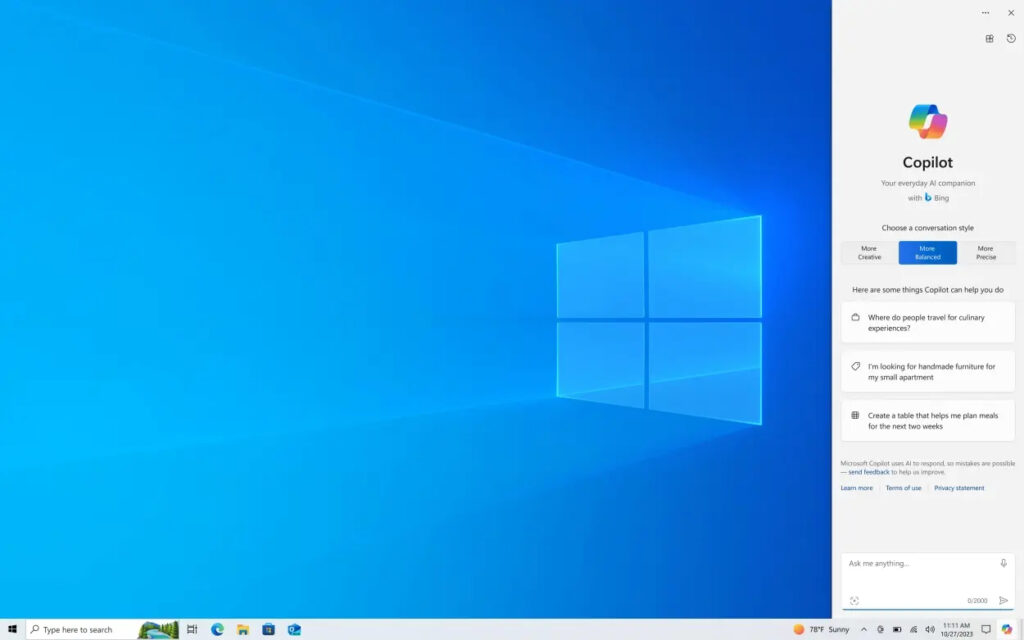
As Microsoft’s Windows 10 approaches its end-of-life stage slated for October 2025, users opting to continue using it beyond that point can do so with a non-updated version, albeit without essential updates. However, to assist users in this scenario, Microsoft is introducing Extended Security Updates (ESU) for Windows 10, extending this support to individual consumers as well.
Under this program, commercial customers, enterprises, and individual consumers seeking to continue using Windows 10 will need to enroll in the ESU program. Individuals wishing to participate in the program will be required to pay an annual subscription fee.

Participants enrolled in Windows 10’s ESU program will receive essential and critical security updates. Once enrolled, users can continue to benefit from these updates for the subsequent three years.
This policy is outlined in Microsoft’s operating system lifecycle guidelines. As noted earlier, ESU stands for Extended Security Update, and a similar program was available when Windows 7 reached its end-of-life stage.
The ESU-enabled Windows 10 environment will continue to provide a stable operating system, albeit without any new features except Copilot. Microsoft has clarified that the ESU program will solely deliver security updates, with no plans for introducing new features following the EOL stage, scheduled for October 2025.
Currently, Microsoft has not disclosed pricing details for the ESU program aimed at consumers. As mentioned earlier, it will be an annual charge. Microsoft intends to release these specifics at a later date, and we’ll ensure to provide updates as they become available. In the interim, users may consider upgrading to the latest operating system after backing up their PC files.
However, the sentiment to stick with Windows 10 for an extended period is understandable. Share your thoughts on Microsoft’s new ESU program in the comments below!

0 Comments